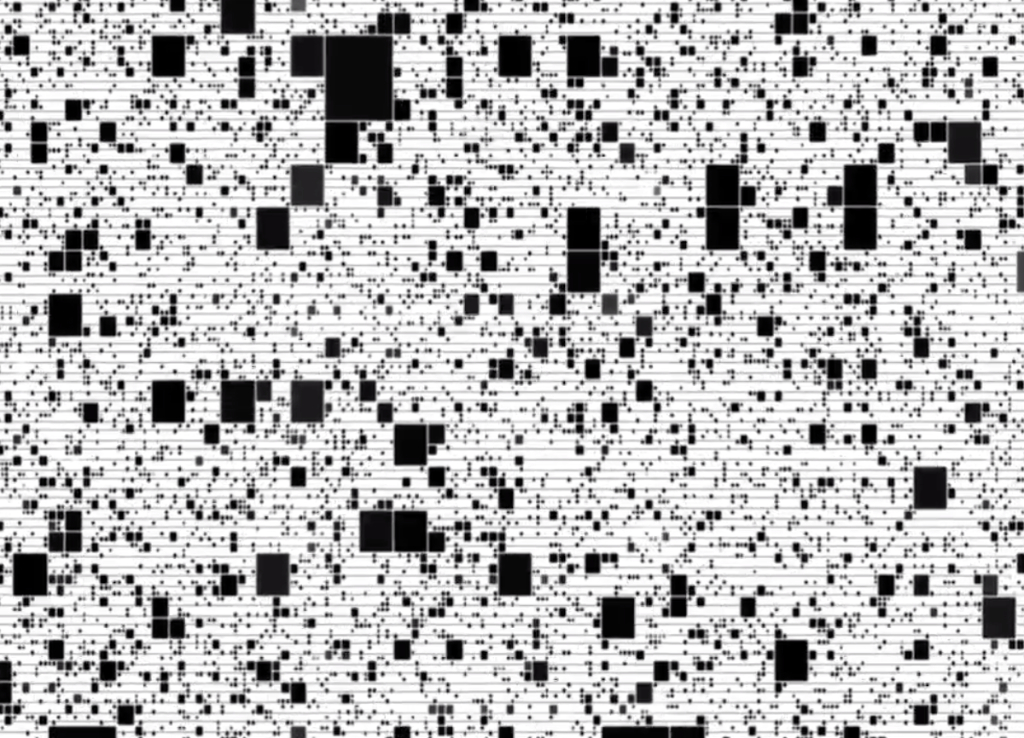Text by Charlotte Kent

A hallmark of digital art has been the democratising principles of decentralisation and shared ownership. Smart contracts have been at the core of the NFT conversation, and they can also eliminate the centralisation and hierarchies in governance structures through DAOs or distributed autonomous organisations.
With its wallet, the DAO becomes self-governing and regulating, automating the administration of a company. The encoded rules regarding member votes then mechanise certain functions, such as bidding on an artwork. Shared ownership can also have a speculative aspect. For example, PleasrDAO represents a group of investors who come together to make joint purchases. A shared wallet allows them to cast yes/no votes on their bids for artworks the group is considering.
PleasrDAO purchased Dreaming at Dusk, the work of Itzel Yard (ixshells) made in support of The Tor Project, a non-profit organisation working to protect internet freedoms. The auction for the work closed at 500ETH (~$2,019,305.00USD), making Yard the highest-selling woman in NFTs; though the value of ETH has decreased, Yard remains one of the only women in the top 14 NFT-selling artists [1]. Edward Snowden even backed the piece via tweet [2] because The Tor Project is such an important part of online privacy.
The Tor network provided “.onion” websites for people fighting mass surveillance, looking to protect their privacy, and navigating online censorship. They launched the first .onion website, Dusk, or duskgytldkxiuqc6.onion, fifteen years ago. Now it will close: Dusk will be gone forever in October when v2 onion services retire. Into the annals of internet history. This sale memorialises that, and PleasrDAO’s interest in it expresses a community whose art collecting is values-oriented. That’s a relief to see amidst the hoopla of some NFT sales. It has not been resold yet.
Their purchase of this work also secured Yard as a major figure in the art and blockchain space. Her other works immediately experienced bidding wars, a success that allowed her to buy the works of other artists. She is the co-founder of the artist-led community Creative Code Art, and committed to recognising the global art community involved in blockchain. A self-taught artist based in Panama City, she started working with video games, but through her interest in generative art and various collaborations, she has produced a body of work that led to her inclusion in the recent Christie’s exhibit.



The art organisation Furtherfield has been researching DAOs and their potential impact on the artistic process and art world for some years, facilitating several artistic experiments in the process. Their open forums encourage public debate about the potentials and problems of implementing new blockchain systems within different communities. They offer an important foundation for understanding the potential of DAOs within the social structures of our moment while warning about the ease with which DAOs can simply replicate what least serves us.
The DAOWO Sessions (-WO stands for working with others) showcased experimental art projects that modelled new blockchain prototypes from DAO teams worldwide [4]. Laura Lotti and Calum Bowden proposed Black Swan DAO to shift artists away from dependency on large grant foundations to an artist-led, peer-to-peer funding and community organisation. There are many exciting possibilities in DAOs, and it is likely a space that will generate much excitement and controversy.
DAOs, in this sense, can be significant figures in the art world because they represent group activity. In the United States, the state of Wyoming allows DAOs to register as LLCs as of July 1st [3]. This is one way to address any personal liability that a participant in a DAO may incur. As blockchain produces new formations, governance structures are trying to find ways to recognise what these entities are like.
I recognise the utility of making analogous relationships to understand new technologies. Still, I also believe it is important to recognise when technologies introduce differences that require new ways of thinking. As blockchain develops new features and facets, let us remember both tech and corporate histories to avoid reiterating the errors that caused social damage. At the same time, we need to consider these developments as new formations in a socio-political space that is not entirely the same.
A thoughtful critique of blockchain, looking not to tear down artistic experiments or the artists who engage the technology but to explore improvements, is crucial in this emerging space. DAOs represent an important social dynamic in a technology that is not nearly. Unfortunately, it’s asocial–or apolitical––as the hype would suggest.






